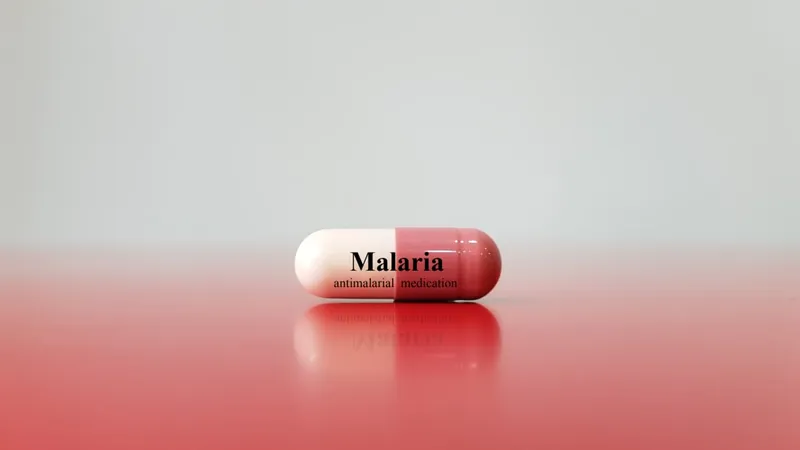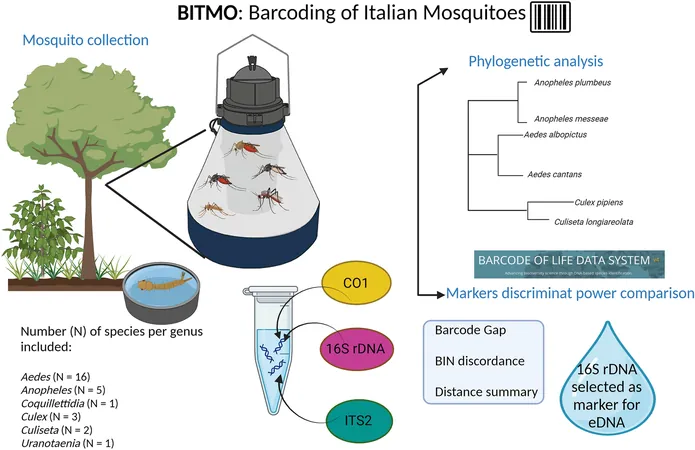
Breakthrough in Malaria Treatment: New Antimalarial Drug MED6-189 Emerges
2024-09-27
Introduction
In a remarkable scientific breakthrough, researchers have unveiled a new chemical compound known as MED6-189, which shows powerful potential against malaria parasites that have developed resistance to conventional antimalarial treatments. This promising addition to the antimalarial drug pipeline boasts a high potency, an excellent therapeutic profile, and a unique mechanism of action, making it a frontrunner in the fight against one of the world’s deadliest diseases.
Supporting Research
Published in the prestigious journal Science, the research was supported by the National Institutes of Health. Despite advancements in malaria prevention and treatment, the disease still presents a severe global health challenge. The World Health Organization's latest World Malaria Report 2023 indicates that malaria caused around 247 million clinical cases and a staggering 619,000 deaths in 2022 alone.
Addressing Resistance
Key to battling malaria is addressing the growing resistance of the parasite, Plasmodium falciparum, which is responsible for the most severe form of the disease. Choukri Ben Mamoun, PhD, a professor of medicine and one of the study's lead authors at Yale School of Medicine, emphasized the ongoing battle against resistance as a significant hurdle for public health.
Collaborative Efforts
The collaborative effort, which involved scientists from Yale, the University of California, Irvine, and the University of California, Riverside, adopted a multidisciplinary approach aimed at understanding MED6-189’s functioning. This compound is derived from the structural characteristics of a marine sponge secondary metabolite, highlighting the potential of marine biodiversity in medicine.
Multifaceted Targeting
This study epitomizes systems biology in antimalarial drug discovery, showcasing a collaborative approach across various institutions and scientific disciplines. The research revealed that MED6-189 effectively inhibits the asexual reproduction of the malaria parasite in the bloodstream and disrupts its sexual differentiation process—an essential phase for malaria transmission. This multifaceted targeting reduces the likelihood of the parasite developing resistance, as it would require multiple genetic changes to overcome the drug’s effectiveness.
Therapeutic Strategies
The ability of MED6-189 to target various processes in the malaria parasite could also minimize the need for additional medication, reducing the risk of increased toxicity—a significant advantage in therapeutic strategies.
Urgent Research Needs
Both Bei and Ben Mamoun emphasized the urgent necessity for continued optimization of this class of compounds and the discovery of new antimalarials. With rising concerns over partial resistance to artemisinin-based combination therapies, especially in Africa—where the impact of malaria is felt most acutely—there is an urgent call for a unified and collaborative research effort.
Conclusion
As the battle against malaria continues, MED6-189 emerges as a beacon of hope in the quest for effective treatments, highlighting the importance of teamwork and cross-disciplinary collaboration in scientific advancements.

 Brasil (PT)
Brasil (PT)
 Canada (EN)
Canada (EN)
 Chile (ES)
Chile (ES)
 España (ES)
España (ES)
 France (FR)
France (FR)
 Hong Kong (EN)
Hong Kong (EN)
 Italia (IT)
Italia (IT)
 日本 (JA)
日本 (JA)
 Magyarország (HU)
Magyarország (HU)
 Norge (NO)
Norge (NO)
 Polska (PL)
Polska (PL)
 Schweiz (DE)
Schweiz (DE)
 Singapore (EN)
Singapore (EN)
 Sverige (SV)
Sverige (SV)
 Suomi (FI)
Suomi (FI)
 Türkiye (TR)
Türkiye (TR)